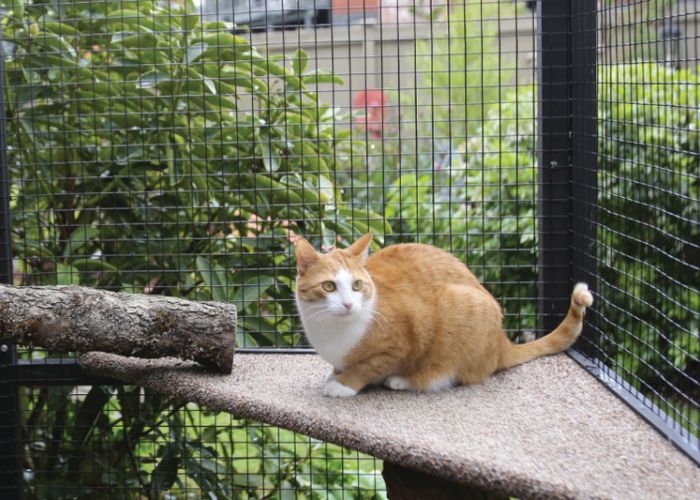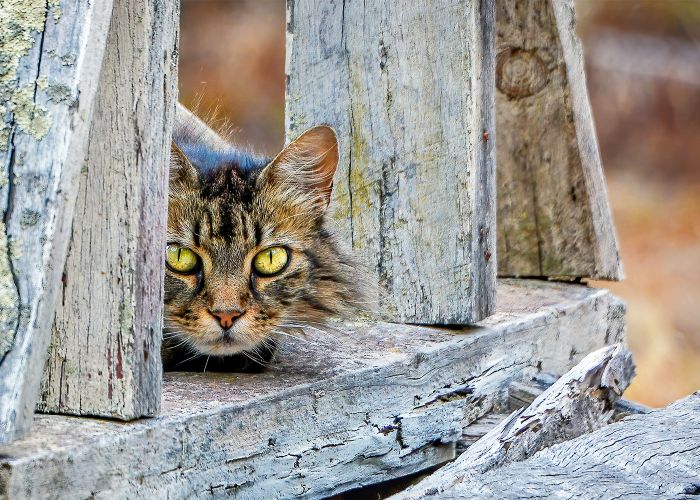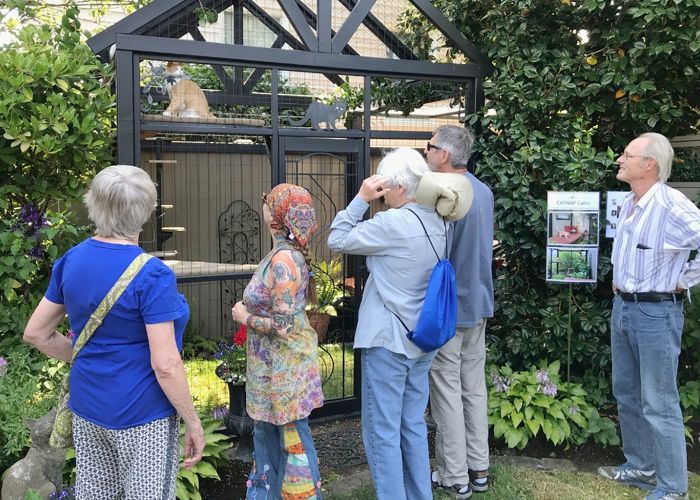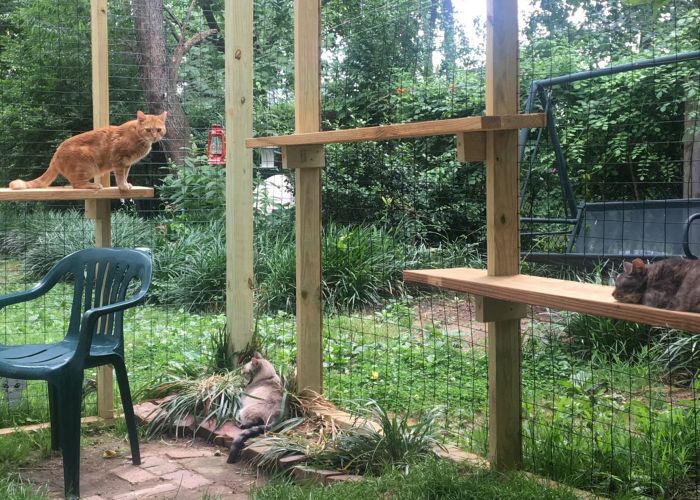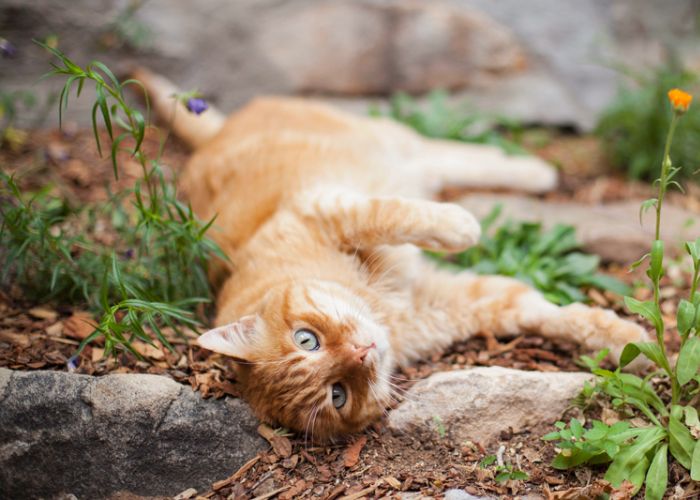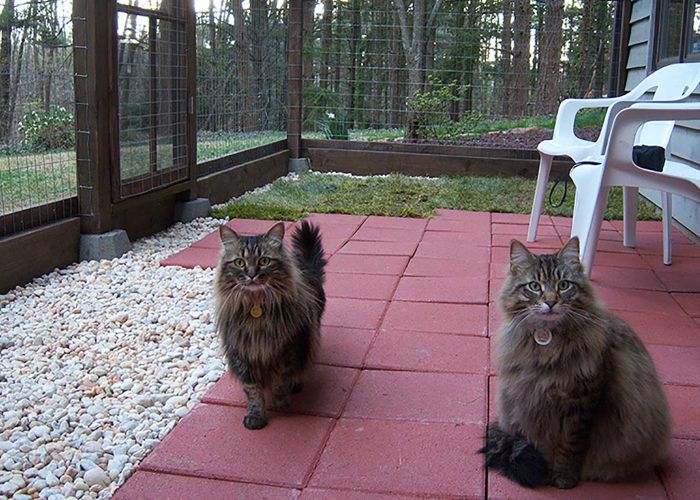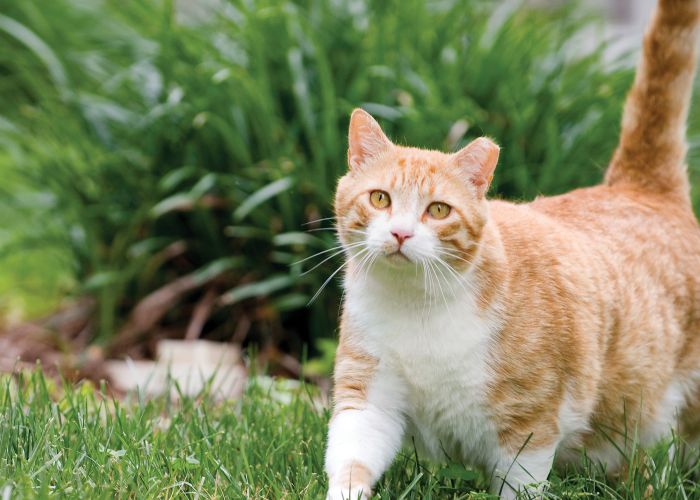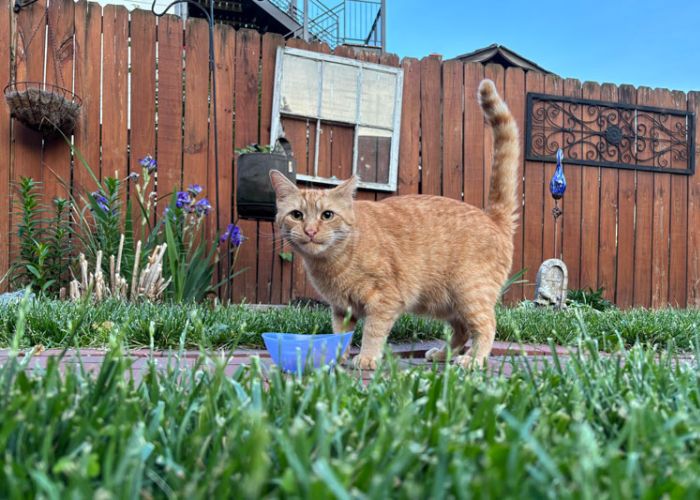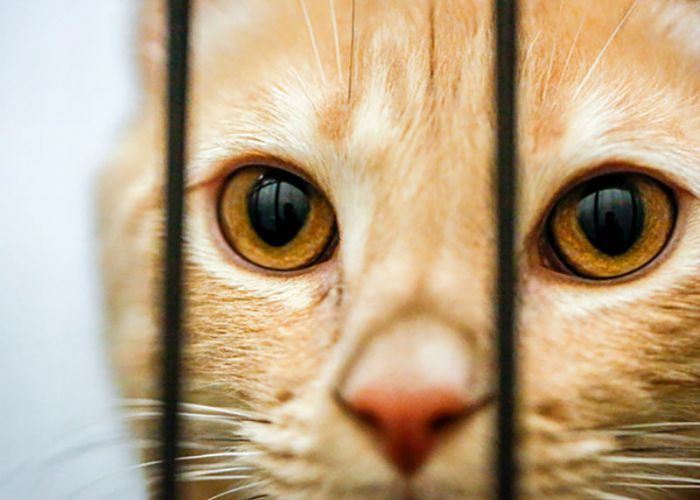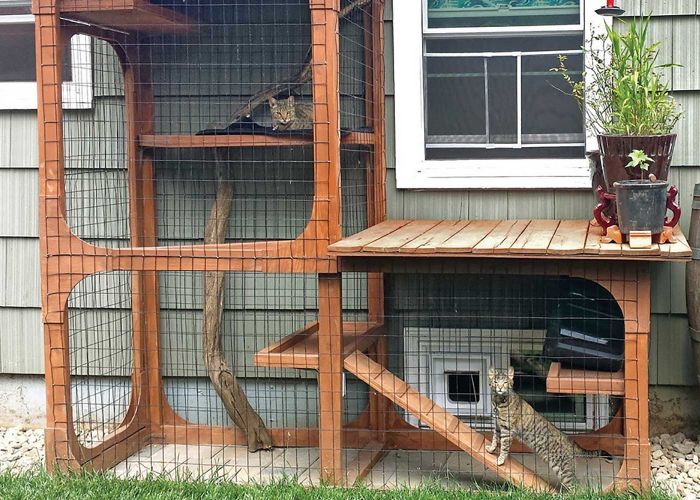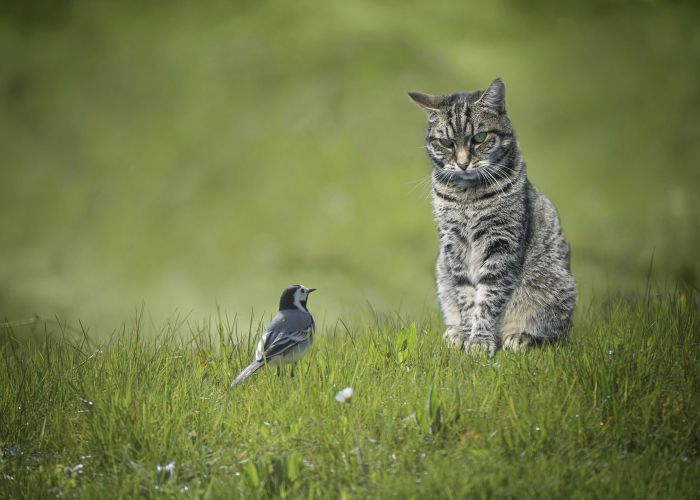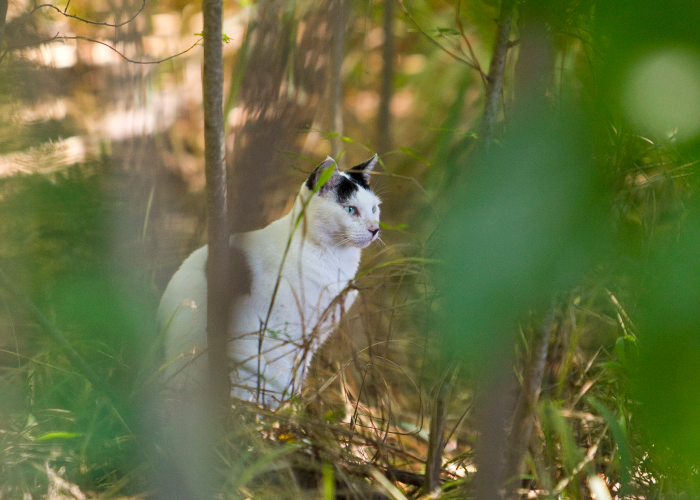Conflicts between cats and wildlife can be challenging to address, but euthanizing outdoor cats is not the answer. Instead, use our resources to put in place an effective strategy for protecting both cats and wildlife. This includes reducing the number of cats who live outdoors through trap-neuter-return programs, encouraging pet owners to keep their pet cats indoors, and using innovative solutions to prevent conflicts between wildlife and remaining outdoor cats.
Featured resources
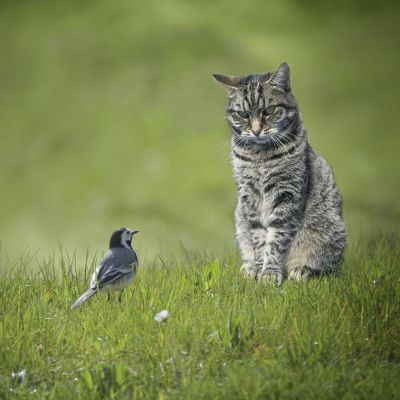
Cats and wildlife fact sheets and brochures
Resources to resolve conflicts between cats, wildlife and humans
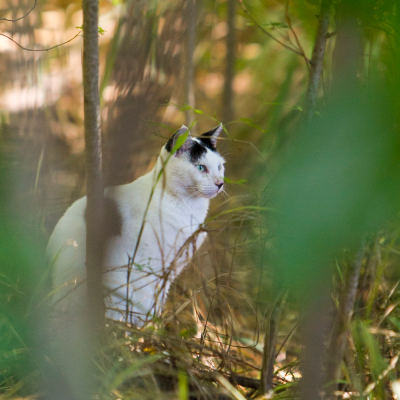
Humane World for Animals


Humane Wildlife Conflict Resolution Guide
Feeling overwhelmed? This manual is for you!
